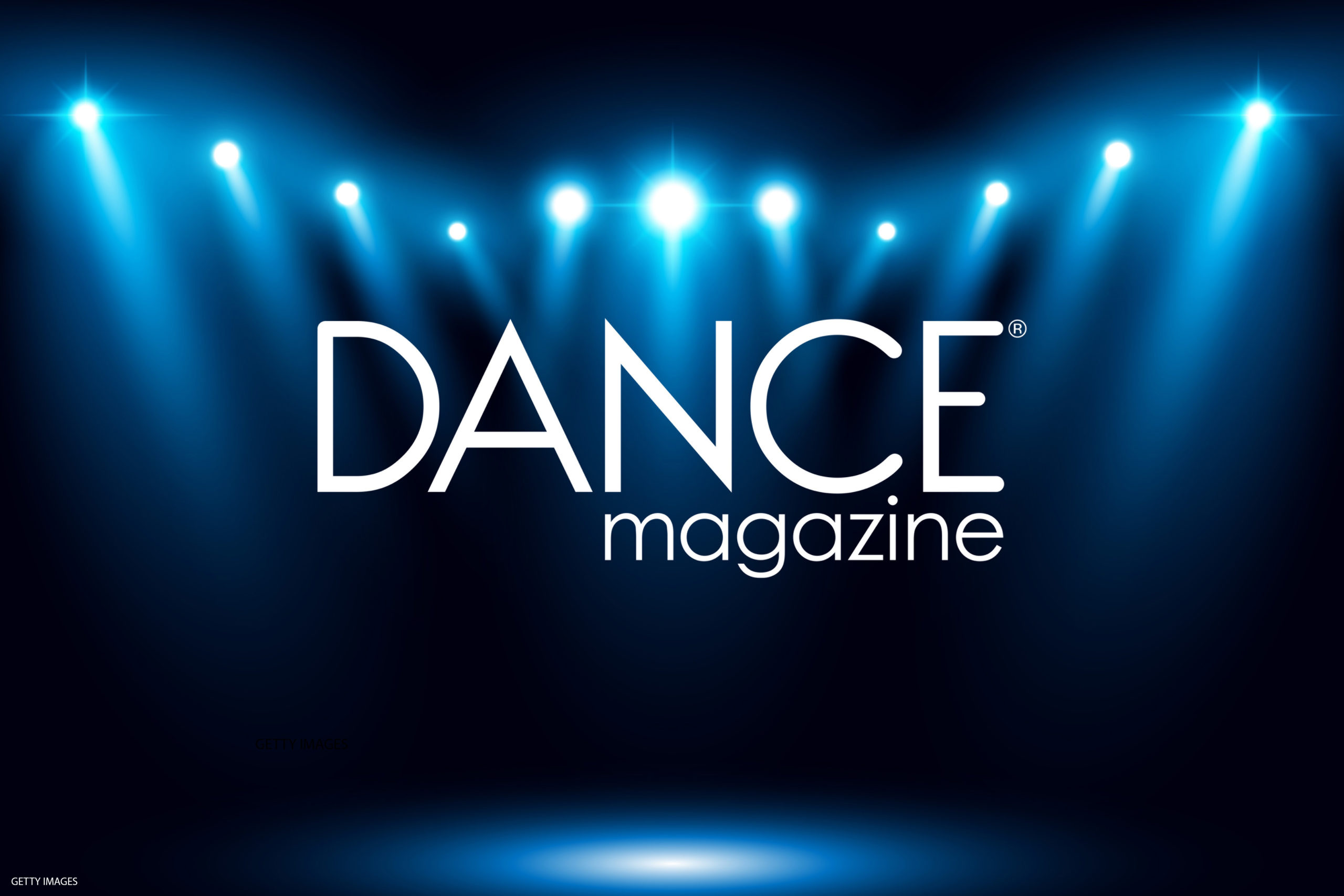Putting the Black Swan Blackout in Context
Sarah Lane, whose heavenly dancing helped make Natalie Portman believable as the ballerina Nina Sayers—thanks to face replacement—was not acknowledged by Portman at the Oscars. Not only that, but Lane was suddenly deleted from a video showing Black Swan’s special effects that was circulating on the web. In my blog last week I called it a blackout.
Sarah Lane calls it a more polite word: a façade. I asked her if she was expecting to be thanked when she heard Portman reel off 10 or 20 other names during her acceptance speech. Lane said no, because a Fox Searchlight producer had already called to ask her to stop giving interviews until after the Oscars. “They were trying to create this façade that she had become a ballerina in a year and a half,” she said. “So I knew they didn’t want to publicize anything about me.”
As she said in Dance Magazine’s December interview, she felt good about her work—though it was exhausting and frustrating—on the set. “It was a great experience to see the whole process of making a movie,” she told me. But she didn’t realize until just before the Oscars just how exploited she was. All the pirouettes, the full-body shots, and just-the-legs shots were her. (She also said that fellow ABT soloist Maria Riccetto doubled for Mila Kunis in one long shot.) The publicity campaign from the studio, however, spread the word that Portman did 90 percent of her own dancing.
Is it unusual for real dancers to get shoved under the rug in Hollywood? From the responses I got to my previous blog, no. John Rockwell reminded me that Savion Glover, whose tap dancing and choreography were the heart of the animated movie Happy Feet in 2006, was barely acknowledged. In a very funny take on this (“Penguin, Shmenguin! Those Are Savion Glover’s Happy Feet!”), Rockwell tells us that Happy Feet director/producer George Miller claimed the movie would have been impossible without Savion—and yet the tapper’s name appears way down in the credits. (Read Rockwell’s rant here.)
Likewise, on IMDB, Sarah Lane’s name appears way down the line for Black Swan, not as a double but as “Lady in the Lane,” which she explained to me was a split-second scene where she appears as an incidental, non-dancing figure. Obviously she was not as crucial to the film as Glover to Happy Feet; Darren Aronofsky could have hired a lesser ballerina. But the idea is the same. Get a real virtuoso to make it believable, but pour all your publicity into the studio’s star—even if they are only audible and not visible as in Happy Feet.
It seems that when a movie star needs a singer to double for her voice, that’s common knowledge. No one is surprised to learn that Audrey Hepburn and Natalie Wood didn’t do their own singing when a trained voice was required. But people seem to believe that Natalie Portman did her own dancing. Of course to most people, Portman was entirely believable. (I myself found her upper body fairly convincing.) But for dancers, the idea that you can turn someone into a ballerina in one year is ludicrous.
Sarah says she was more offended by that myth than any slight to her as a dancer who worked “painstaking” hours on the set. She says she’s talked to her colleagues about “how unfortunate it is that, as professional dancers, we work so hard, but people can actually believe that it’s easy enough to do it in a year. That’s the thing that bothered me the most.”
(Addendum: A reader foraged on the web and found the one instance of the original special effects video that still shows face replacement. Click here to see Sarah Lane’s face, during piqué turns, swiped over by Portmans.)
(One fun tidbit I learned from reader Jeff Nelson: Olivia Newton-John had a dance double for a scene in the “Hand Jive” number of the movie Grease. For an alley-oop, a member of the ensemble, Antonia Franceschi, was her dance double. Franceschi went on to dance in Fame and join New York City Ballet.)




